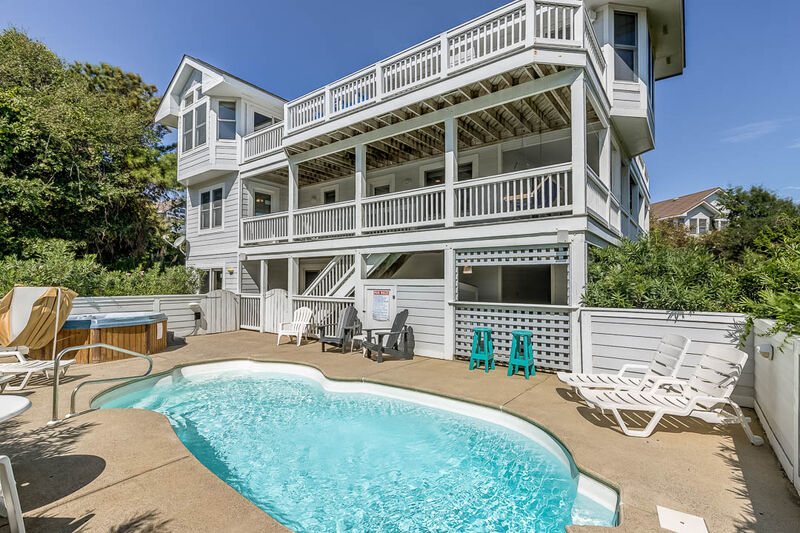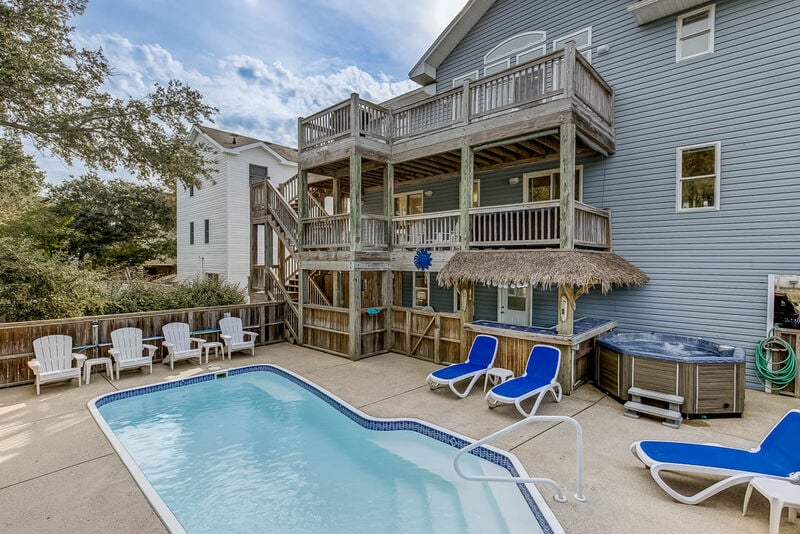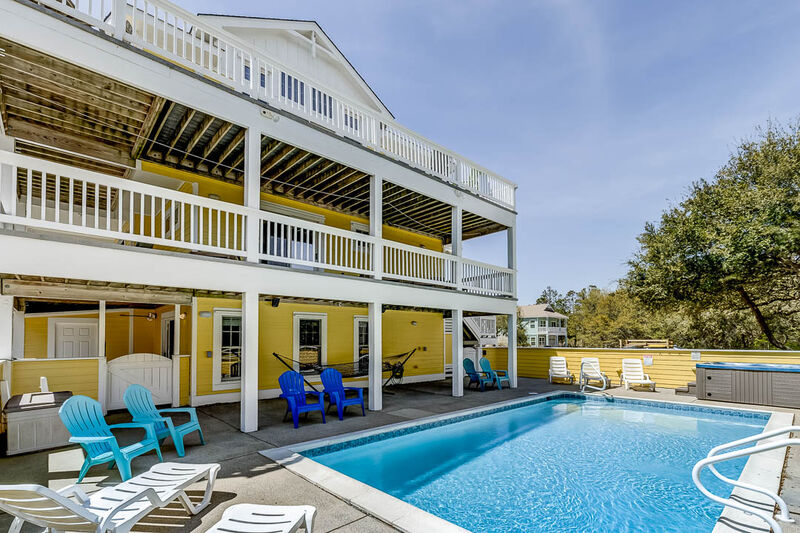It’s been open only since 2022. But already the Outer Banks Arboretum and Teaching Garden has attracted thousands of visitors to its gorgeous 5-acre site in the heart of Kill Devil Hills. When you visit, you’ll quickly see why!
Read MoreTag: Outer Banks history

It's less than two miles square, with a year-round population right around 1,600. Yet the tiny town of Manteo is packed with fun and fascinating sights for the entire family.Named for Manteo, a Croatan Native chief who befriended the early British settlers, this Roanoke Island village is steeped in
Read More
Nestled on the coast of North Carolina, the Outer Banks (OBX) are a chain of barrier islands that offer a unique blend of history, natural beauty, and adventure. Whether you're a history buff, beach lover, or outdoor enthusiast, the Outer Banks have something for everyone. In this article, we'll
Read More
"It's hoi toide on the saind soide."That may look and sound strange, but its meaning is simple:"It's high tide on the sound side." What's more, it's a common expression in North Carolina's "DownEast" region, which includes parts of the picturesque Outer Banks villagesof Ocracoke and Wanchese.Here
Read More
Planning for your vacation sets the stage for getting the most out of your vacation, even if your plan is to be as lazy as you can be. When my family vacations we tend to plan in two stages. The first stage is all about thinking ahead to: what will we need for the trip and what will we need when we
Read More
There Was Nothing Like the Nags Head CasinoThere are Outer Banks places that have become legendary over the years. Perhaps no longer a part of local life, yet the tales linger.If there is one place that would seem to fit that description it is the Nags Head Casino.There is nothing left of it now.
Read MoreIn 1830, Francis Nixon, a Perquimans County plantation owner, sailing with his family, braved the unpredictable waters of the Outer Banks sounds, finding a dock at a small village at the base of Jockey's Ridge. His purpose for coming to the Outer Banks was to save the lives of his wife and
Read More
Every place develops traditions that mark it as different or unusual, something that indicates that it is truly distinctive from any other place. The celebration of Old Christmas at the Hatteras Island Village of Rodanthe, though, seems to have taken that to another level. It is an observance that
Read MoreFall is an amazing time to vacation in the Outer Banks. The heat of summer has broken and the weather is mild all throughout November and December. The summer crowds are long gone and it's just you and the locals enjoying the best of the Outer Banks together.When planning your autumn getaway, keep
Read MoreThere is just something about summer time...flowers blossom, kids are finished with school work, routines change, gardens grow, families spend more time outdoors, cook outs, baseball games, pool parties...what I am missing? Oh yeah...THE BEACH! Check out the perfect day to be on the
Read More






